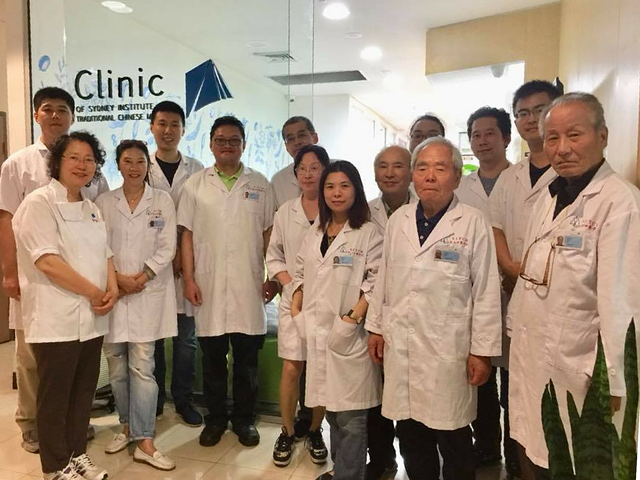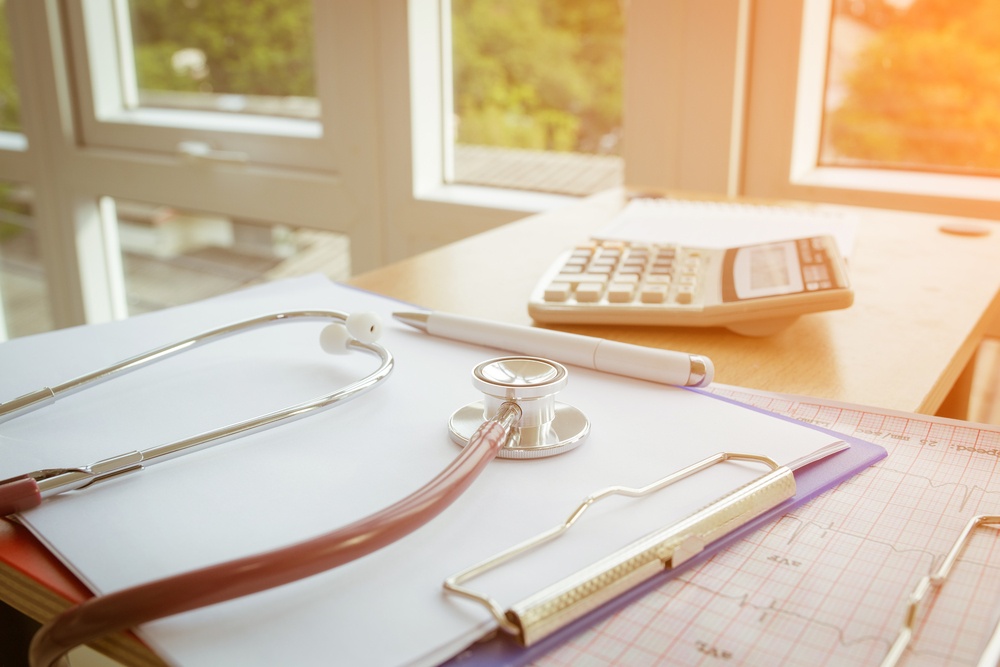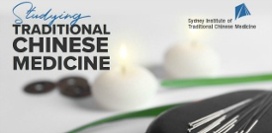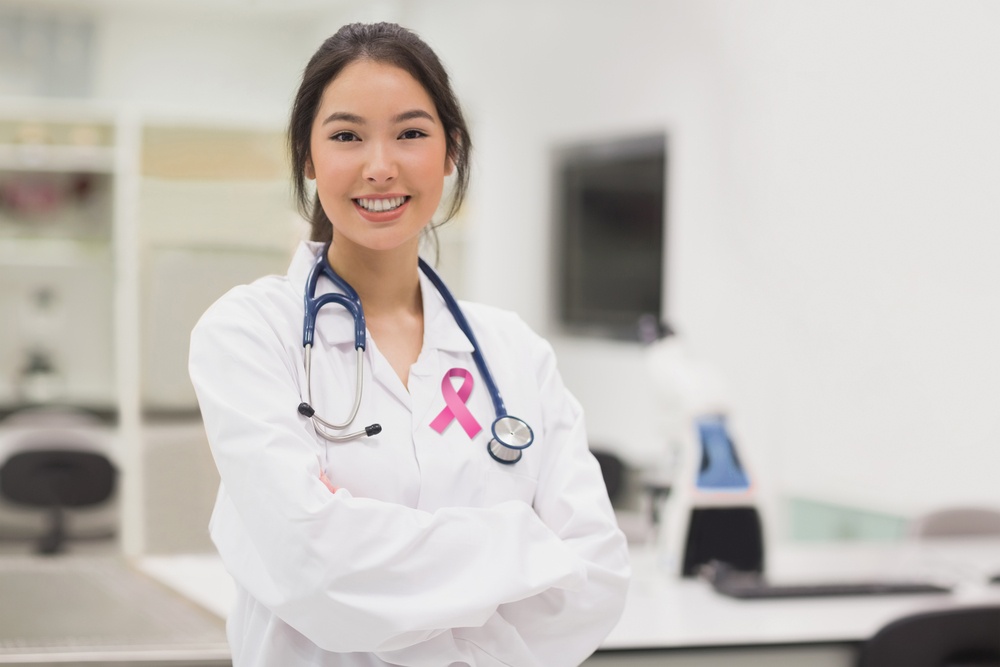Traditional Chinese Medicine is an ancient combination of therapies that address internal imbalances that lead to illness and disease. These imbalances are often caused by an external stimulus like injury or stress. Remedial massage is one traditional Chinese method that addresses injury-related imbalances.
What is remedial massage therapy?
Remedial massage therapy is a technique that uses pressure to relieve pain and promote healing of damaged tissues. The purpose of remedial massage is to activate the body’s own healing mechanism. Unlike traditional massage, remedial massage aims for the source of the problem, and in treating the source it also relieves the patient’s accompanying symptoms.
Why get a remedial massage?
Similar to traditional massage, remedial massage eases stiffness and soreness, promotes relaxation, and increases flexibility. Massage is also a great technique to help improve posture, relieve stress and anxiety, decrease pain and swelling in injured tissue, and stimulate the blood supply to aid the removal of toxins from muscles.
Remedial massage, can be used to treat:
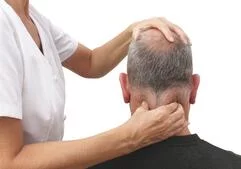
- sprains and strains
- back pain
- neck pain
- shoulder injuries
- sciatica
- arthritis
- fibrosis
- fibromyalgia
How to become a remedial massage therapist
Remedial massage therapy is an exciting field with amazing opportunities to meet great people, learn effective techniques to restore and maintain internal balance, aiming others to improve their lifestyle.
To become a remedial massage therapist, you must take courses in the Diploma of Remedial Massage HLT 52015 that are approved by the Australian Natural Therapists Association. You can find approved courses and other requirements here. There are both full-time and part-time options, but all practical training must be performed at an approved campus, such as here, at SITCM.
If you would like more information on the benefits of remedial massage and the opportunities available for remedial massage therapists, contact us today.
Our most recent graduates from HLT 52015: